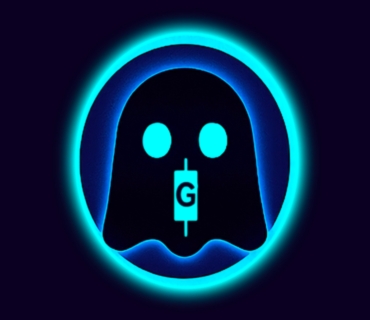What Is Interoperability?
Interoperability in blockchain means that different blockchains can communicate, share data, and transfer digital assets between one another. It is the ability for separate blockchain networks—each with their own rules, tokens, and protocols—to work together seamlessly.
In simple terms, interoperability is what allows your assets, information, or smart contracts on one blockchain (for example, Ethereum) to interact or connect with another blockchain (like Stellar, Hedera, or Flare) without needing a centralized exchange in the middle.
Why Interoperability Matters
Before interoperability, most blockchains existed as isolated ecosystems. Bitcoin couldn’t “talk” to Ethereum. Ethereum couldn’t easily exchange data with the XRP Ledger. Each was a closed system, meaning users and developers had to choose one chain and stay within its boundaries.
Interoperability changes that by connecting once-isolated networks. This allows:
-
Cross-chain transactions – moving tokens or stablecoins directly between different blockchains.
-
Shared smart contracts – letting one chain trigger actions on another.
-
Unified applications – enabling decentralized apps (dApps) to operate across multiple blockchains.
In the same way the Internet connected computers around the world, interoperability is connecting the blockchain world into one cohesive network.
How It Works
Interoperability is achieved through technologies such as bridges, oracles, and cross-chain protocols.
-
Bridges lock assets on one blockchain and mint equivalent tokens on another, allowing users to move value safely between chains.
-
Oracles securely deliver data from one network to another, keeping smart contracts up to date with real-world information.
-
Cross-chain protocols like Polkadot, Cosmos, and Quant are designed entirely around interoperability, creating frameworks that link independent blockchains into shared “multichain” ecosystems.
Examples of Interoperability in Action
-
Flare Network (FLR): Designed specifically to connect smart contract functionality to assets from other networks such as XRP, Litecoin, and Dogecoin, allowing them to participate in DeFi.
-
Hedera Hashgraph (HBAR): Integrates with multiple enterprise and public chains through the Hashport Bridge, enabling cross-chain value transfers.
-
XDC Network: Built for trade finance and enterprise communication between multiple ISO 20022-compliant systems.
-
Ripple (XRP Ledger): Uses Interledger Protocol (ILP) to connect payments across different networks and currencies.
Each of these examples shows a growing commitment across the crypto space to build a truly connected blockchain world.
The Benefits of Interoperability
-
Efficiency: Assets move faster and cheaper without centralized exchanges.
-
Innovation: Developers can build multi-chain applications that draw strengths from different networks.
-
Scalability: Workload can be distributed among chains, preventing congestion.
-
User Freedom: Investors and creators aren’t locked into one network—they can move where opportunities are best.
The Challenges
Creating trust between networks is complex. Bridges can be vulnerable to hacks if not secured properly, and ensuring consensus across multiple systems remains technically challenging. The industry continues to refine these solutions to make interoperability safer and more reliable.
Summary
Interoperability is the future of blockchain technology. It breaks down barriers between ecosystems, allowing blockchains to share value and information freely. As interoperability grows, the entire crypto industry moves closer to a single, global, decentralized economy—where users can transact, invest, and innovate without borders.



Add comment
You must be logged in to post a comment.